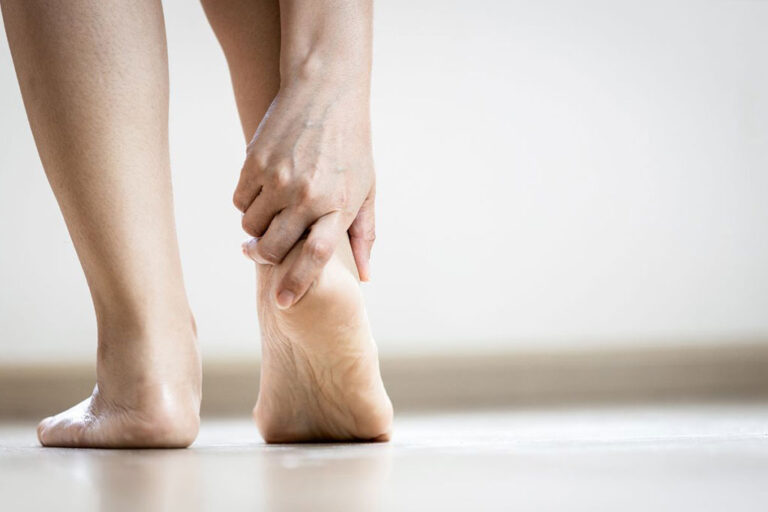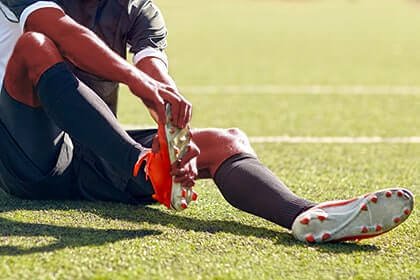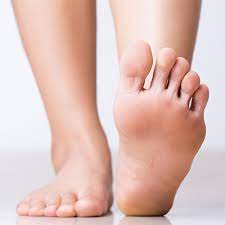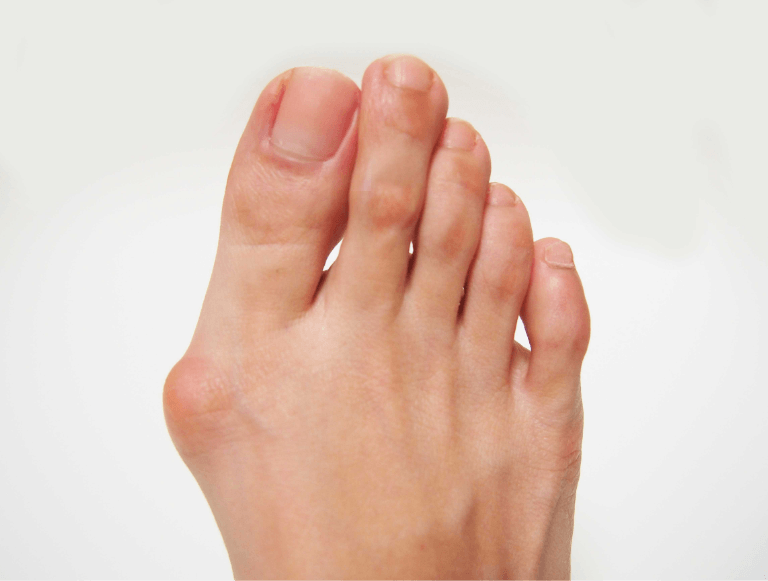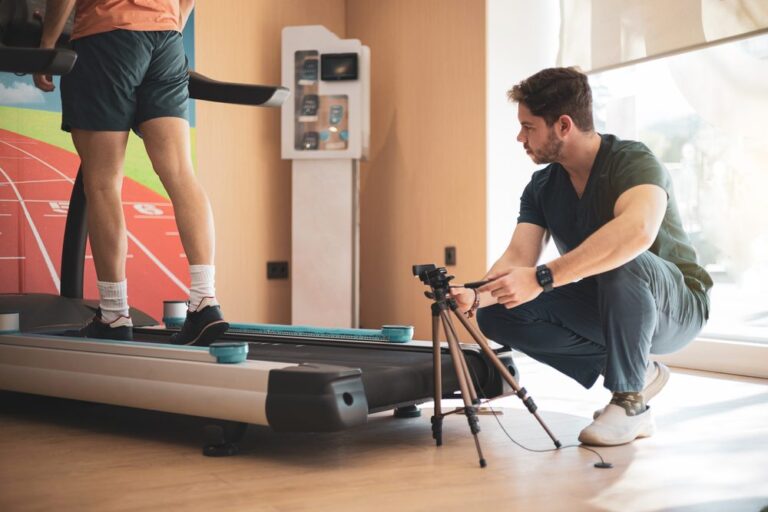How to Treat Bunions at Home: Easy & Effective Remedies

Bunions can be painful and frustrating, especially when they start affecting your daily routine. That annoying bump at the base of your big toe doesn’t just look uncomfortable—it feels uncomfortable. While surgery might be recommended in severe cases, there are many effective ways to treat bunions at home and relieve pain naturally.
In this guide, you’ll learn what bunions are, what causes them, and most importantly, how you can manage them at home without needing a trip to the doctor. Let’s dive in!
What is a Bunion?
A bunion, medically known as hallux valgus, is a bony bump that forms on the joint at the base of your big toe. Over time, the big toe pushes against the next toe, causing the joint to stick out and become swollen or painful.
Common Symptoms:
- Swelling or redness at the big toe joint
- Pain while walking or wearing tight shoes
- Stiffness or restricted toe movement
- Corns or calluses where toes rub together
What Causes Bunions?
Several factors can contribute to bunions:
- Wearing tight or narrow shoes, especially high heels
- Genetics – they often run in families
- Flat feet or abnormal walking patterns
- Arthritis, especially rheumatoid arthritis
Now that we understand the cause, let’s focus on what you came for: home treatments!
How to Treat Bunions at Home
You don’t always need surgery or medication to ease the pain. Here are some simple yet effective home remedies to treat bunions naturally.
Choose Proper Footwear
One of the most important steps is changing your shoes.
Look for:
- Wide toe boxes (more space for your toes)
- Soft soles and good arch support
- Low heels or no heels
Avoid tight, narrow, or pointy shoes. Instead, opt for orthopedic or bunion-friendly shoes.
Use Ice Therapy
Ice packs help reduce inflammation and numb the pain. It’s especially helpful if you’ve been standing or walking a lot during the day.
How to use:
- Wrap some ice in a towel (or use a cold gel pack)
- Apply it to the bunion for 15–20 minutes
- Do this 2–3 times a day, especially when swelling occurs
Try Toe Spacers or Bunion Pads
These are affordable tools you can wear inside your shoes or at night.
- Toe separators realign the toes to reduce pressure
- Bunion pads cushion the bump and prevent friction
They’re available at most drugstores or online and can make a noticeable difference over time.
Stretch and Strengthen Your Feet
Regular foot exercises can ease the pain and keep your toes flexible.
Try these simple stretches:
- Toe Stretch: Stretch your toes out for 10 seconds, relax, and repeat.
- Towel Scrunch: Place a towel on the floor, use your toes to scrunch it, and repeat 10 times.
- Marble Pickup: Use your toes to pick up marbles or small items.
These exercises improve muscle balance and slow bunion progression.
Soak Your Feet in Warm Water
If your feet ache after a long day, a warm foot soak can be soothing.
You’ll need:
- A basin of warm water
- Epsom salt (optional, but helpful for reducing inflammation)
Soak your feet for 15–20 minutes and gently massage the bunion area afterward.
Natural Anti-Inflammatory Remedies
Certain natural ingredients can help reduce pain and swelling.
Popular options:
- Turmeric paste (mix turmeric powder with water or oil and apply it to the bunion)
- Apple cider vinegar soaks
- Lavender oil massage (a few drops in carrier oil, gently massaged into the joint)
Always test a small amount on your skin first to avoid irritation.
Night Splints
Night splints hold your toe in a straighter position while you sleep. Over time, this can help improve alignment and reduce morning stiffness.
They may feel awkward at first but can be effective with regular use.
Maintain a Healthy Weight
Your body weight affects your feet more than you might realize. The more pressure on your feet, the worse your bunion can become. Losing just a few pounds can reduce pressure on the big toe joint and ease symptoms.
Over-the-Counter Pain Relief
If the pain becomes too much, non-prescription painkillers like ibuprofen or acetaminophen can help. However, try using these as a last resort and not as a daily solution.
Tips to Prevent Bunions from Getting Worse
- Don’t ignore pain—rest your feet when they hurt
- Rotate your shoes regularly
- Wear supportive sandals or slippers at home
- Use orthotic inserts for extra arch support
- Avoid standing for too long without breaks
When to See a Doctor
Home treatments can help in mild to moderate cases, but if your bunion:
- Is causing severe pain
- Keeps getting worse
- Makes it hard to walk
- Shows signs of infection (like redness, warmth, or pus)
…you should consult a podiatrist or orthopedic specialist. Surgery might be recommended if non-surgical options no longer work.
Summary: Home Treatment for Bunions
| Home Remedy | Purpose |
| Proper Shoes | Reduces pressure on the joint |
| Ice Therapy | Eases swelling and pain |
| Toe Spacers/Bunion Pads | Realigns and cushions the bunion |
| Foot Exercises | Strengthens foot muscles |
| Warm Water Soaks | Relieves soreness |
| Natural Remedies | Anti-inflammatory support |
| Night Splints | Improves alignment while sleeping |
| Weight Management | Reduces joint pressure |
| OTC Pain Relievers | Temporary pain control |
FAQs About Treating Bunions at Home
1. Can bunions go away without surgery?
No, bunions don’t go away on their own. However, home treatments can relieve symptoms and stop them from getting worse.
2. How long does it take for home remedies to work?
Some people feel relief in a few days, while others may take weeks. Consistency is key.
3. Are bunion correctors effective?
They can help reduce discomfort and slow progression, but they don’t “cure” the bunion.
4. Can I still wear heels with bunions?
It’s best to avoid high heels. If you must wear them, choose ones with wide toe boxes and cushioned soles.
5. Is it safe to massage a bunion?
Yes, gentle massage can improve blood flow and reduce tension. Avoid pressing too hard if it’s painful.
Final Thoughts
Bunions can be stubborn and painful, but you don’t need to suffer in silence or rush into surgery. With a little care, consistency, and patience, you can manage bunion pain at home naturally. By changing your shoes, using supportive devices, and practicing foot-friendly habits, you’ll be on the path to healthier and happier feet.
Dr. Emma Green is a health and wellness expert with over 10 years of experience in nutrition and fitness. Passionate about helping others live their healthiest lives, Dr. Green shares practical advice on wellness, nutrition, and sustainable living through LivingSpristine.

